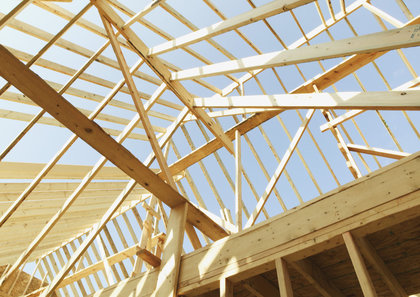New residential home sales were nothing but positive in May, with sales posting both monthly and yearly increases.
The new construction market continued its recovery in May, with sales of new single-family homes rising 2.1 percent from April to a seasonally adjusted annual rate of 476,000, according to the latest analysis by the U.S. Census Bureau.
In addition, May’s sales were 29.0 percent above May 2012’s rate of 369,000.
New Home Sales and New Construction
May’s new home sales data was just the latest sign that the construction markets are on the mend, and indeed, it’s easy to see why builder confidence reached such high levels this month, given how sales have been. Other important information in the Census Bureau’s report included:
- The median sale price of new homes sold in May was $263,900, while the average sales price was $307,800.
- Interestingly, both of those numbers represent a decline from April; the median sales price was down 2.8 percent, while the average sales price fell by 6.7 percent.
- There could be positive news brewing for new housing inventory, though. Though the increase in new home inventory was admittedly marginal from April to May – 156,000 active units to 161,000 – its an increase nonetheless, and housing starts for May increased by a very promising amount.
Closing the Distressing Gap
Going forward, the important indicator on new home sales – and the key measure of its role in the housing recovery – will be the “distressing gap,” the name economist Bill McBride has used for the sizable gap between existing-home sales and new home sales.
The distressing gap, he explains, took shape after the housing bubble popped, and when many distressed homes flooded the market place, driving existing-home sales unnaturally high and new home sales unnaturally low (here’s a sterling graph from McBride on the matter).
The good news, though, is that distressed sales are taking up a smaller and smaller part of existing sales, and as housing continues to improve, the gap will further close.
“I do expect this gap to continue to close,” McBride wrote on his blog, Calculated Risk, “mostly from an increase in new home sales.”

